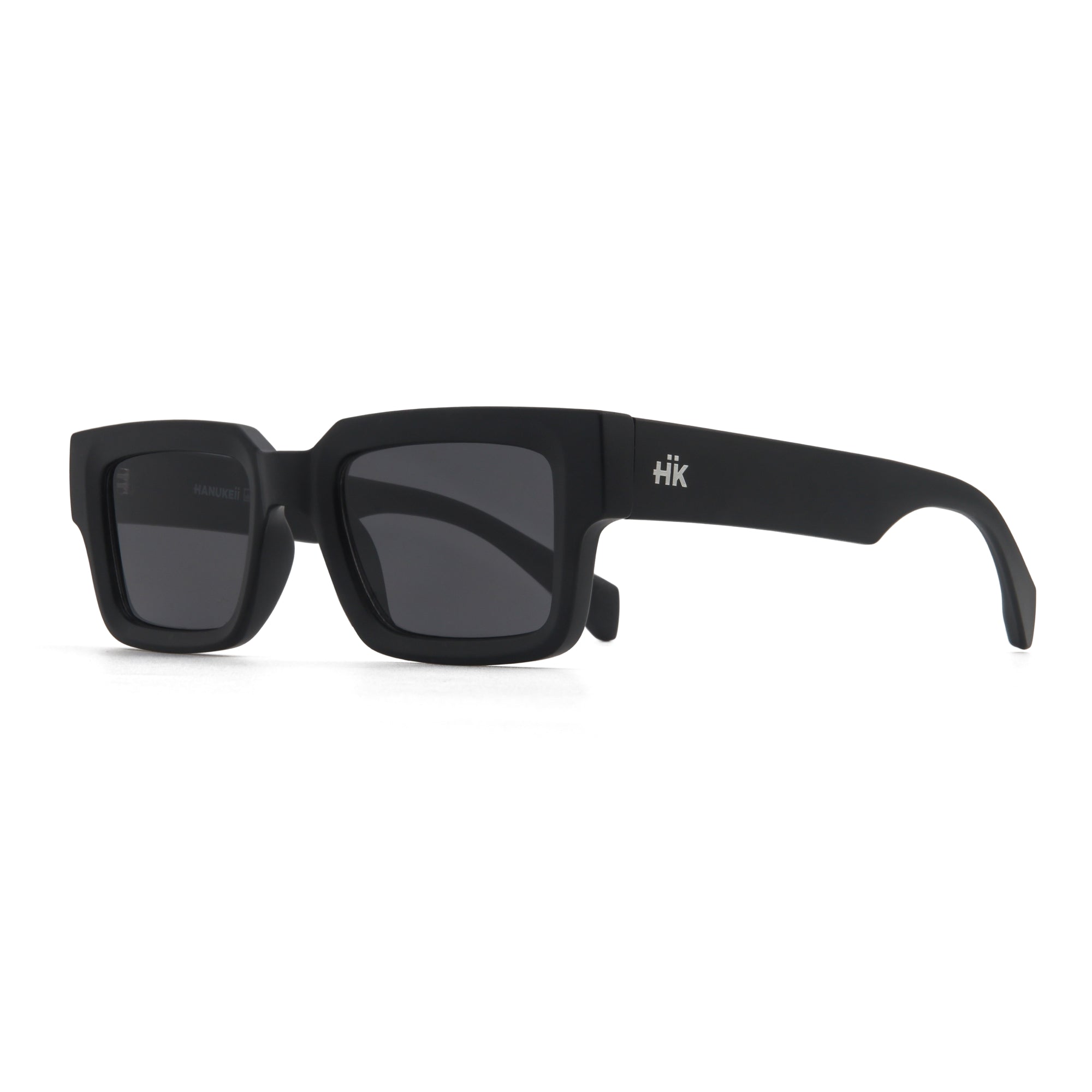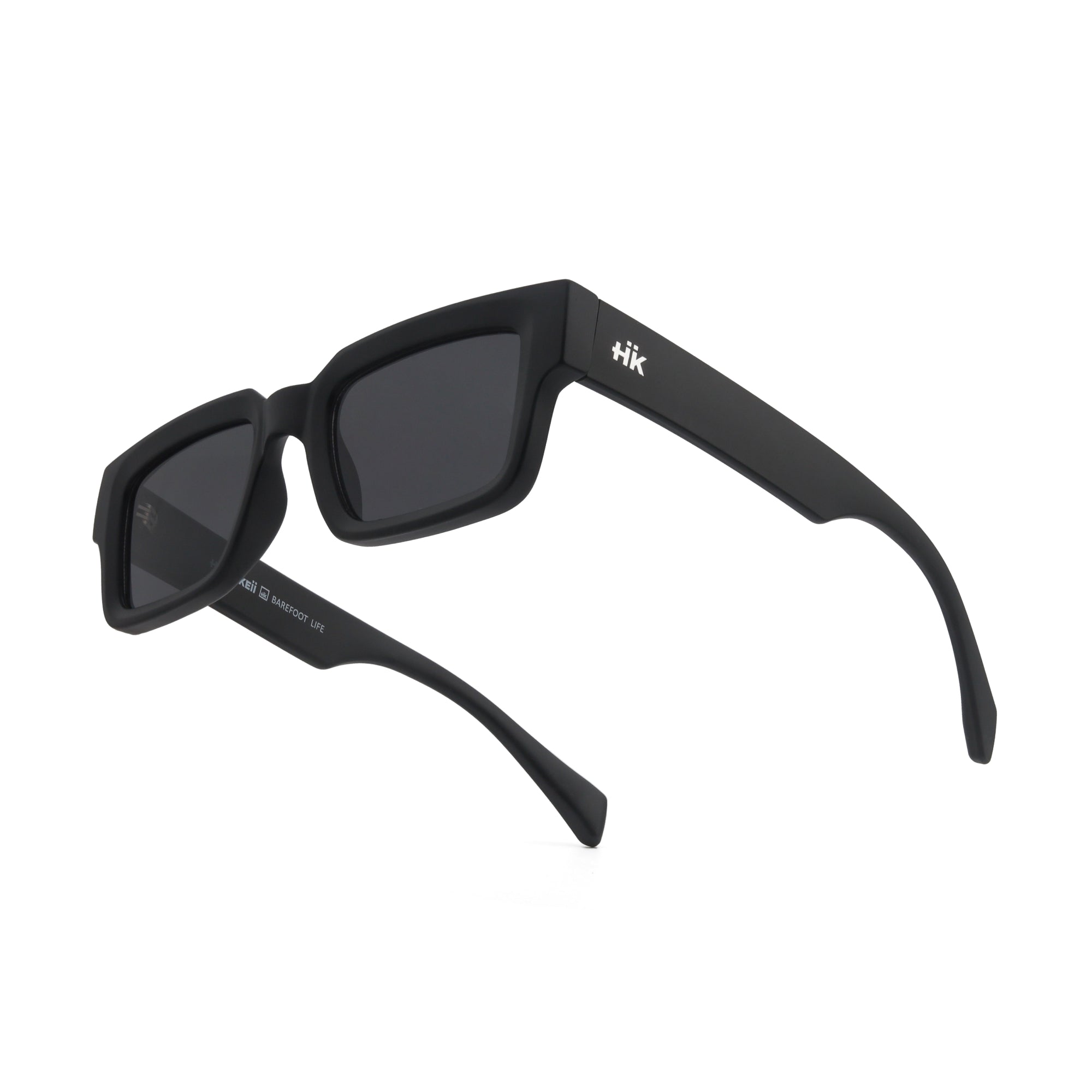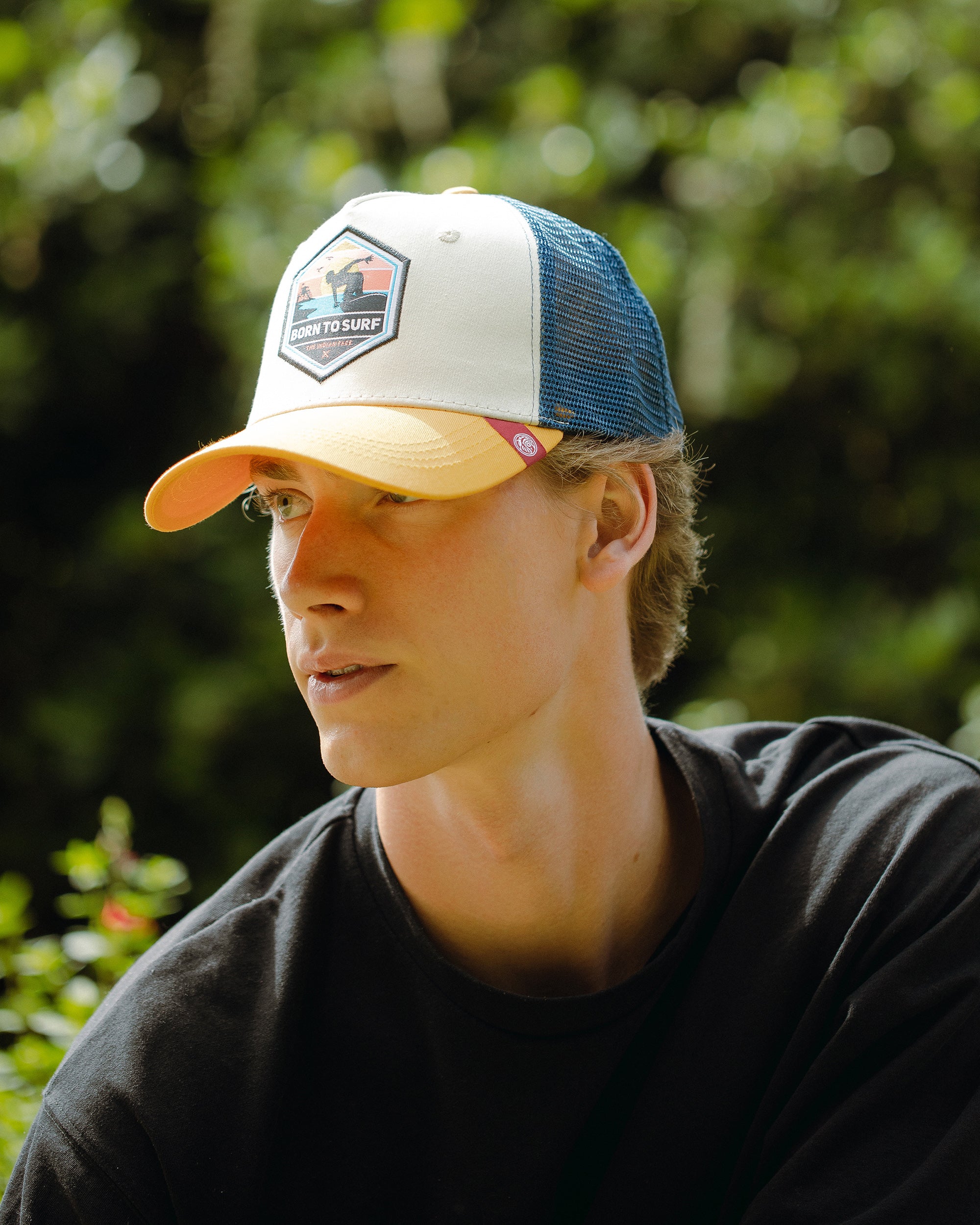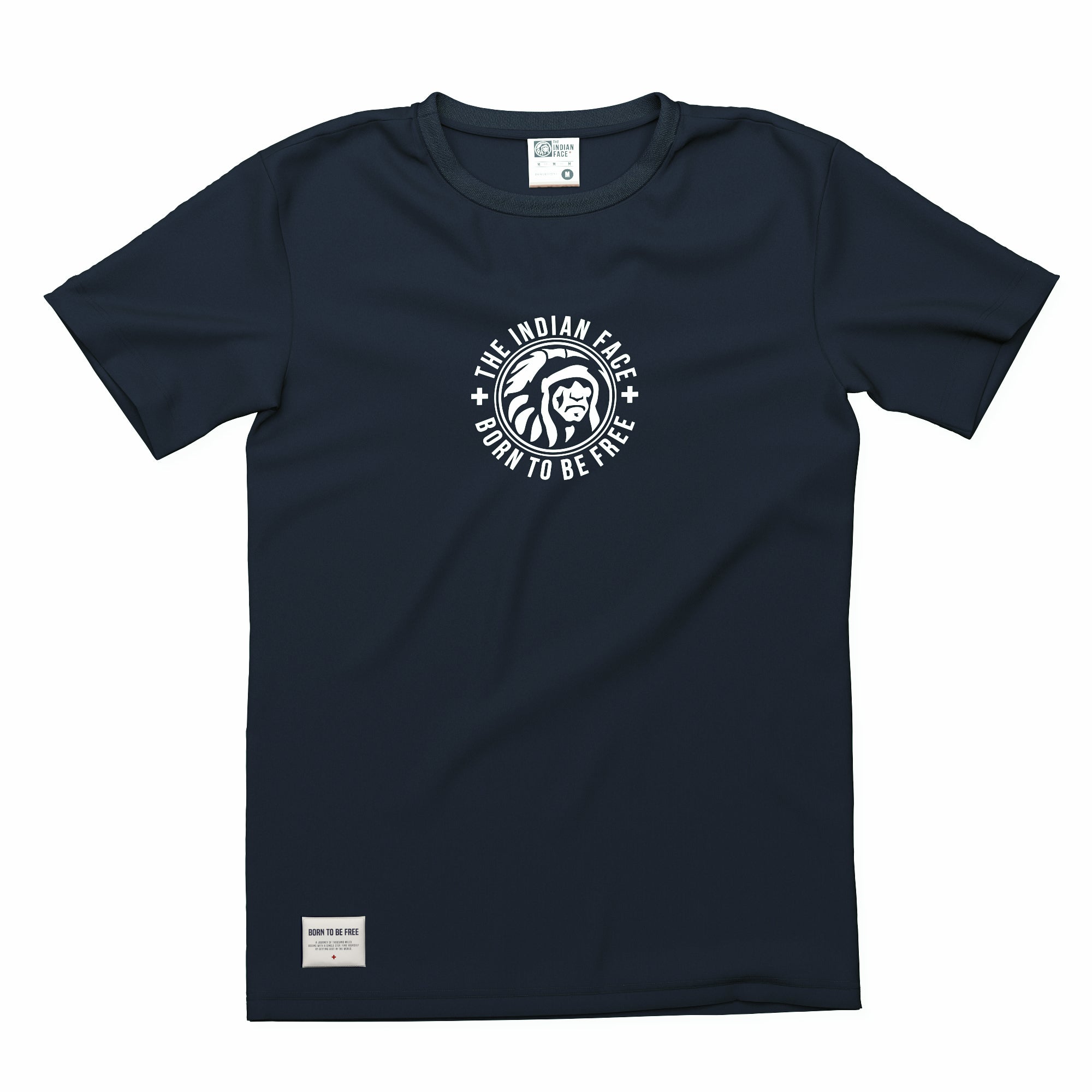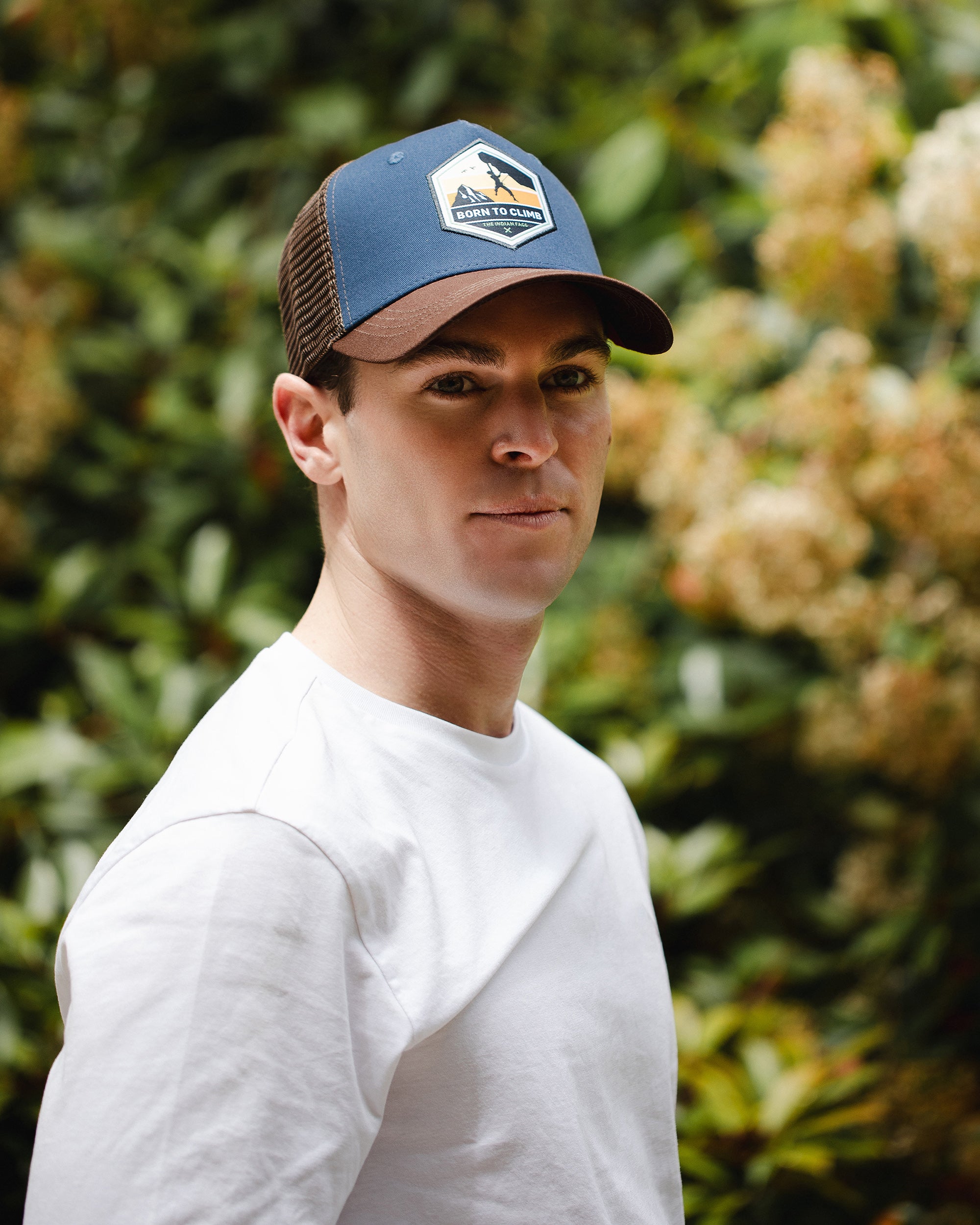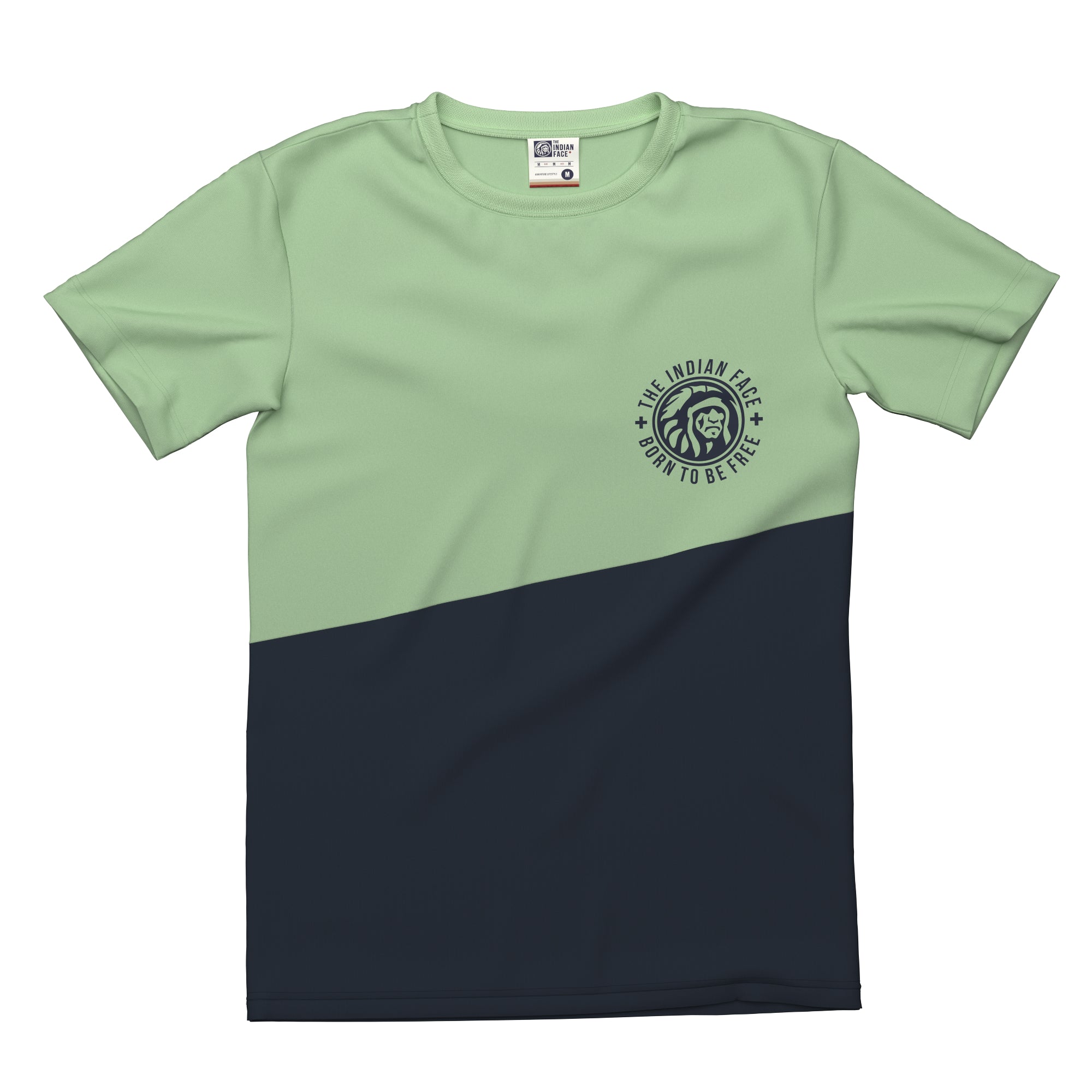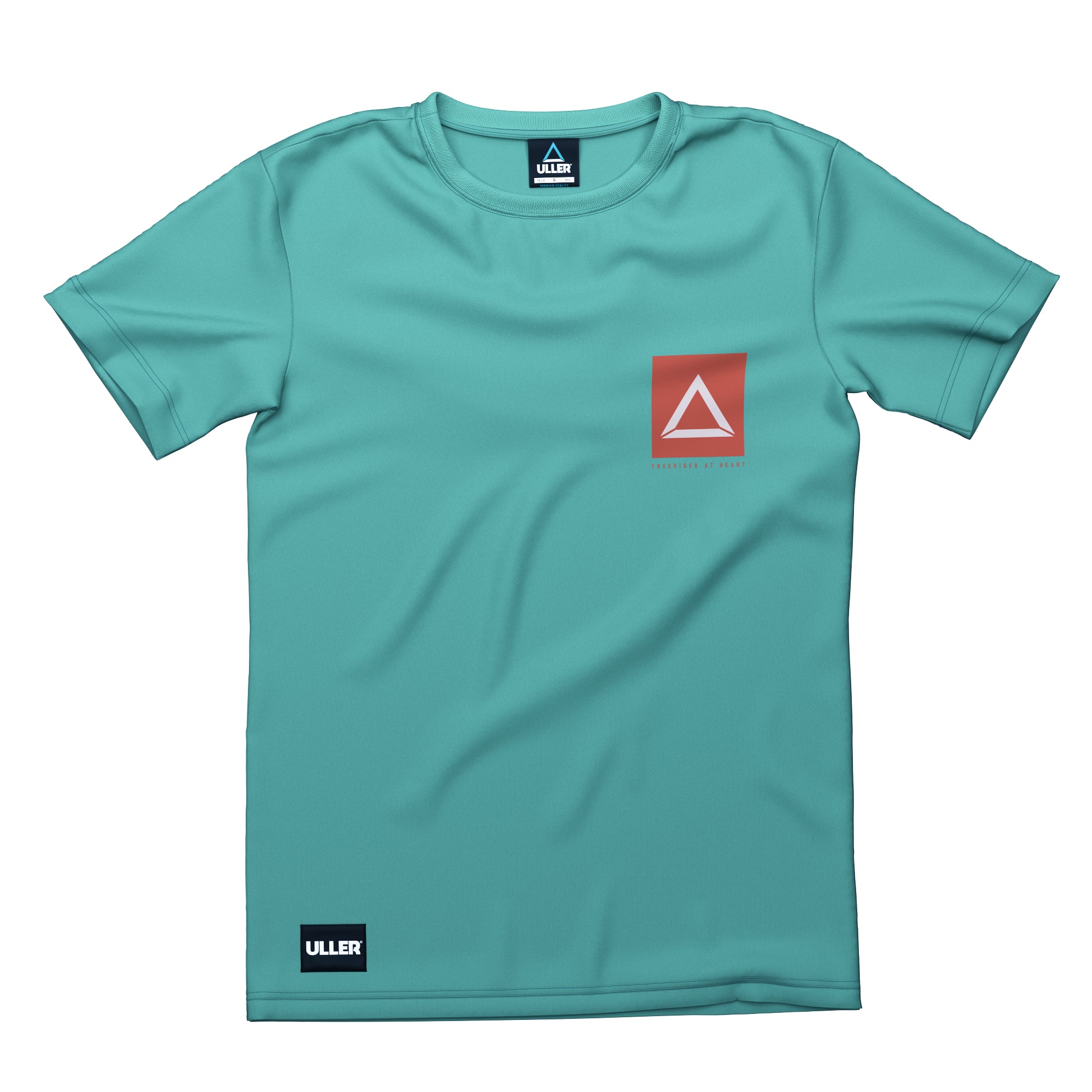Wax and snow are two elements that repel each other; in this way applying a good layer of wax will reduce friction considerably. Waxing the bottom of your board well will increase your speed when you slide on it and you will get a smoother and cleaner snowboard. A well-waxed base can mean the difference between being forced to paddle across a flat area or overtaking every rider who has a less waxed base than you.
When you notice that the base of your board looks dry, it means that it needs waxing. Apply a layer of wax frequently to enjoy snowboarding to the fullest.
The first thing you must be clear about is that if the table has scratches or scratches, you must repair it beforehand; We already published a post about how to repair scratches on your board.
Before beginning the waxing process, a thorough cleaning of the table base must be done. For this we recommend using a special solvent and a cloth that you surely have at home. Once you have cleaned the sole of the board well, it is time to wax it. Have you removed the bindings yet? If you haven't already, now is the time.
There are several types of wax available on the market depending on the use you are going to give the board (snow, powder, ice...). Our recommendation is that, unless you practice snowboarding at a professional level, use a universal wax.
Using an iron plate that you have at home to be able to heat the wax, so that it melts drop by drop, you see letting it fall on the table. You don't need a lot of wax, although what is left over is easy to remove. With practice and some time you will know how to calculate perfectly how much wax to use.
Use the hot iron itself to smoothly spread and spread the wax across the surface of the board. Do it by paying special attention to the edges and edges. Be careful not to apply excessive heat so as not to damage the interior structure of the table (if you see smoke coming out, the iron is very hot). Each type of wax has its optimal temperature point when applying it.
Once the wax is spread over the surface of the board, all you have to do is wait for it to dry. And the last step, once the wax is dry, is to remove the excess wax with a scraper until leaving a completely smooth and homogeneous layer. Do not forget to go over it with a brush until it is left with a soft touch.
As you can see it's very easy and really worth doing on a regular basis. It's a shame not to take advantage of the capabilities of your board due to a simple bad waxing. Get as much out of it as you can!





